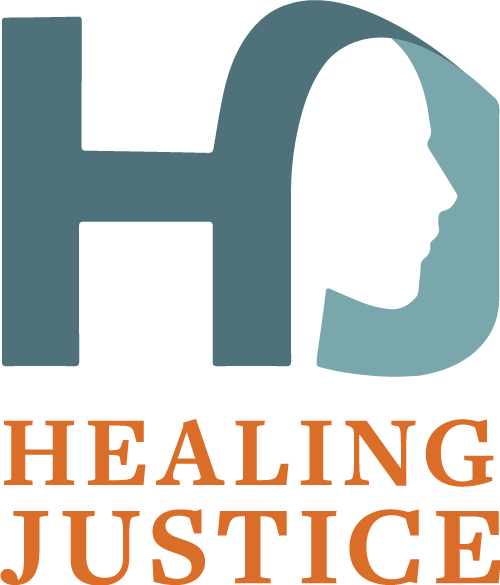Restorative Justice and the Circle Process
Restorative Justice
Unlike criminal justice, which is focused on the person accused of a crime, restorative justice was designed to address the needs of crime victims and survivors and to empower them to achieve emotional healing. Restorative justice is not a specific model, instead it is a set of guiding principles that focuses not on retribution but on repairing damage and restoring relationships.
Our criminal justice system asks the following questions:
What law was broken?
Who broke it?
What punishment is deserved?
In contrast, in restorative justice we ask:
How were you harmed?
What do you need?
Whose obligation is it to meet those needs?
Restorative justice often also goes on to ask: 4. Who has a stake in this situation? 5. What are the causes? 6. What is the appropriate process to involve stakeholders in an effort to make things right and address underlying causes?
In cases of wrongful conviction, where an innocent person is wrongly convicted and imprisoned while the actual assailant went free, there are many who are harmed: the victims and survivors of the original crime; the new victims hurt by the assailant’s continuing crimes; the innocent who were wrongly convicted and imprisoned; and the families of all. These harms have ripple effects that expand across generations and far into the community.
We have also heard from jurors who are devastated to learn that they were led to render a mistaken judgement. Police, prosecutors, and judges have also described emotional pain upon discovering that a mistake was made. In the center of these extensive tragedies are the actual assailants, in what we also call cases of “wrongful liberty.”
Systemic flaws in our criminal justice system also play a key role in these mistakes. In the wake of wrongful convictions and exonerations, restorative justice presents an opportunity to engage all parties and stakeholders involved, to address and heal harm already caused and to prevent future harm.
Circle Process
Deriving from practices of Native Americans, First Nations, and indigenous peoples, the Circle Process allows for the formation of relationships, the honoring of voices, and the creation of unity. The process is, at its essence, a story sharing process, which brings together people as equals to have open exchanges about difficult issues or painful experiences in an atmosphere of respect and concern for everyone. It is called "Circle" because everyone sits in a circle. An item called a “talking piece” is used to ensure each participant gets uninterrupted time to share with the group; the person holding the object is the only one who may speak. The talking piece is passed from person to person, and everyone is expected to respect others and be sensitive to their experiences as they share their stories. The others listen openly, without question or judgment.
The key principles of the Circle Process are to: honor the presence and dignity and value the contribution of every participant; emphasize the connectedness among people; support emotional and spiritual expression; and give equal voice to all. Confidentiality is also key, to ensure openness and emotional safety. Furthermore, participation is voluntary; no participant is required to share unless they choose to.
The use of the Circle Process to help individuals in need has grown in recent years and is now being used in many settings, including neighborhoods, schools, prisons, workplaces, families, and marriages. There are many different types of circles, such as healing, conflict resolution, community building, and celebration. Healing circles in particular provide a safe space in which people who have suffered similar trauma can come together and speak openly about their trauma and leave feeling healed or on the road to recovery. Healing Justice uses both restorative justice and healing circles to address the concentric circles of harm caused by wrongful convictions.
